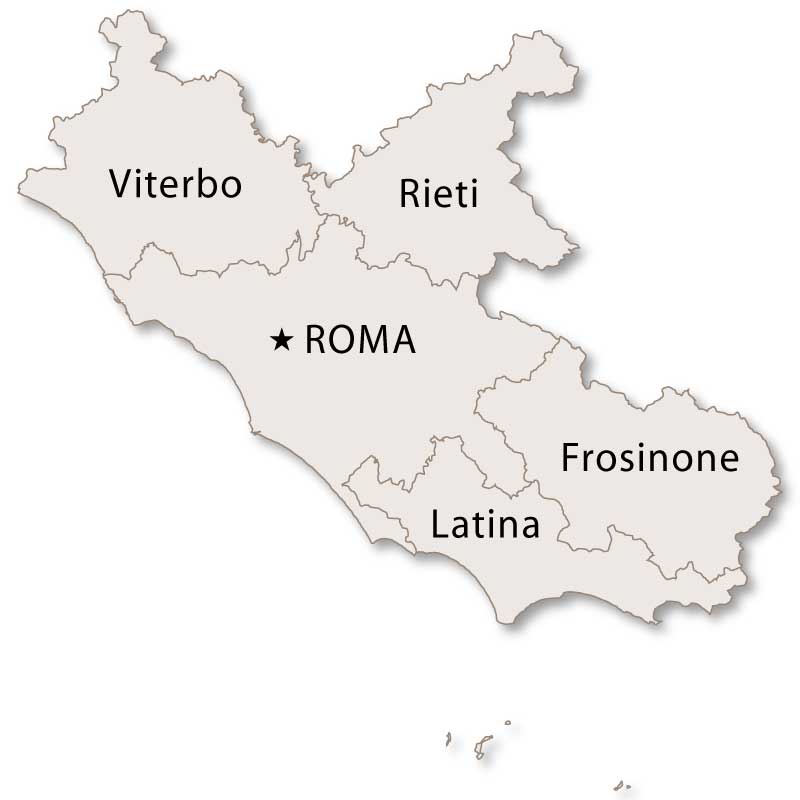
Few landmarks in Rome match the Castel Sant’Angelo in drama, history, and sheer architectural transformation. Rising from the banks of the Tiber River, this imposing cylindrical fortress has watched over the Eternal City for nearly 2,000 years. Built as the final resting place of a Roman emperor, it has been successively repurposed as a papal refuge, prison, military stronghold, and today, a national museum.
Its commanding presence and layered history make Castel Sant’Angelo a unique monument that tells the story of Rome’s transformation, from imperial grandeur to religious dominance, from medieval siege to modern marvel.
The story of Castel Sant’Angelo begins in 135 AD, when Emperor Hadrian, a philosopher-king and visionary builder, commissioned a grand mausoleum for himself and his successors. The result was an awe-inspiring circular tomb inspired by the Mausoleum of Augustus, but on an even grander scale.
Hadrian’s mausoleum was completed around 139 AD, and both he and several emperors of the Antonine dynasty were laid to rest here. The original structure was a gleaming white cylinder of travertine and marble, crowned with a garden and topped by a quadriga (a four-horse chariot) bearing the emperor.
But the mausoleum would not remain a peaceful resting place for long.
By the 5th century, as the Roman Empire weakened and barbarian invasions loomed, the mausoleum was transformed into a military fortress. Its massive walls made it an ideal stronghold to defend the vulnerable Vatican and western banks of the Tiber.
In the 6th century, a dramatic event added both a new name and sacred significance to the structure. According to legend, during a plague in Rome, Pope Gregory I saw a vision of the Archangel Michael sheathing his sword atop the mausoleum, signaling the end of the epidemic. In memory of this divine vision, the structure became known as Castel Sant’Angelo, and a statue of the archangel was later placed on its summit.
In the centuries that followed, Castel Sant’Angelo evolved into a papal fortress, linked directly to the Vatican by the Passetto di Borgo, a secret elevated corridor built in the 13th century. This passage allowed popes to flee the Vatican in times of siege or rebellion and take shelter within the castle’s thick, defensible walls.
The castle’s role as a papal refuge was most famously used in 1527, when Pope Clement VII escaped the Sack of Rome by the troops of Charles V. The Passetto saved his life, and Castel Sant’Angelo became the last bastion of papal authority during one of Rome’s darkest chapters.
Behind its fortified façade, Castel Sant’Angelo also served as one of Rome’s most feared prisons. From the Renaissance through the 19th century, political prisoners, dissenters, and heretics were held, and sometimes executed, within its thick, stone walls.
Some of its most famous inmates included Benvenuto Cellini, the famed Renaissance artist, and Giacomo Casanova, the legendary adventurer. Visitors can still see the chilling cells, torture chambers, and courtyards where justice, often harsh, was administered.
Despite its grim chapters, Castel Sant’Angelo is also a place of artistic and architectural marvels. As the popes turned it into a residence, they added ornate rooms, lavish frescoes, and Renaissance flourishes. Some highlights include:
The Papal Apartments, adorned with Renaissance-era paintings and decorative stucco.
The Hall of Apollo and Hall of Justice, used for formal audiences and state affairs.
The Courtyard of the Angel, named for the statue of the archangel that once stood there.
Today, a bronze statue of Archangel Michael (dating from 1753) stands atop the castle, replacing earlier versions and continuing to watch over Rome.
One of the castle’s most memorable features is its rooftop terrace, offering sweeping views of St. Peter’s Basilica, the Vatican, the Tiber, and the Roman skyline. It’s one of the best photo spots in all of Rome, particularly at sunset.
Inside, a labyrinth of staircases, corridors, and ramps, originally designed for imperial processions and later adapted for military use, leads visitors through the castle’s many layers. You can almost feel the weight of history in every stone.
Now managed as the Museo Nazionale di Castel Sant’Angelo, the fortress houses permanent exhibitions of medieval weaponry, art, armor, and archaeological finds. It also hosts concerts, temporary exhibitions, and cultural events, blending Rome’s ancient legacy with modern creativity.
Location: Lungotevere Castello, a short walk from the Vatican and Piazza Navona.
Opening Hours: Open daily, usually from 9:00 AM to 7:30 PM. Last entry one hour before closing.
Tickets: Affordable entry, with discounts for EU citizens, students, and combined passes with other Rome museums.
Tip: Visit early morning or late afternoon for fewer crowds and stunning lighting on the terrace.
More than any other monument in Rome, Castel Sant’Angelo embodies the eternal city’s continuity and transformation. From imperial tomb to fortress, from papal sanctuary to museum, it mirrors the shifting tides of power and faith that have shaped Rome for two millennia.
Whether you’re a history buff, art lover, photographer, or simply curious traveler, Castel Sant’Angelo offers a one-of-a-kind journey through the layers of Roman identity, ancient, medieval, and modern.

More Details



